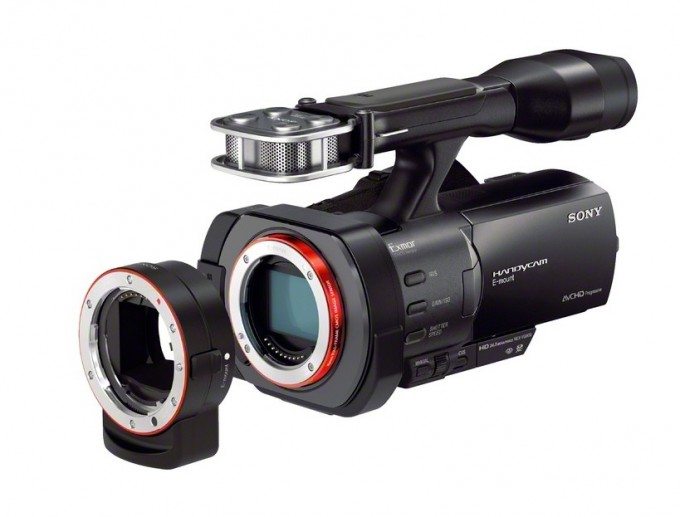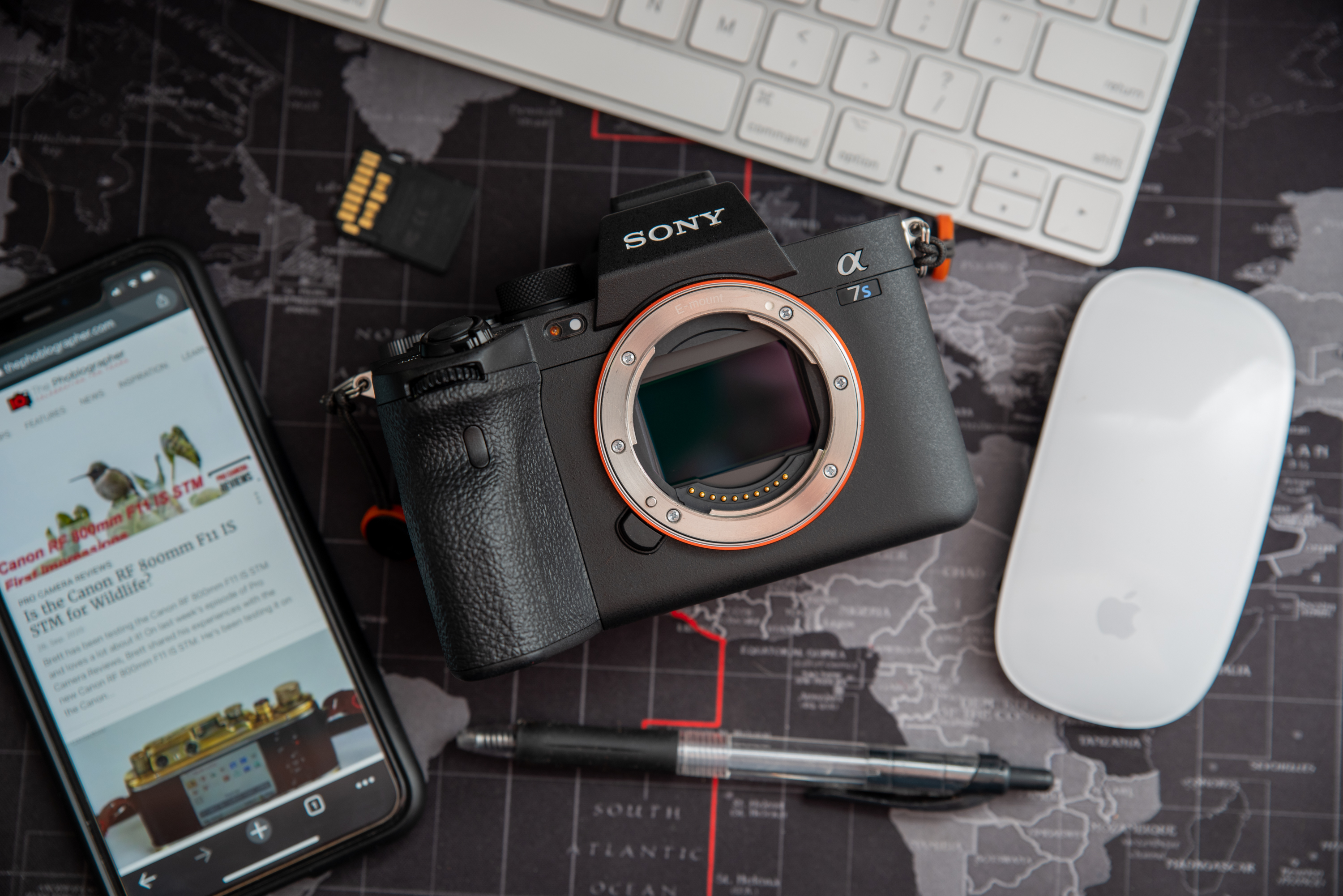Last Updated on 03/20/2023 by Chris Gampat
I need to preface this article with saying that in college, I was primarily a video guy. I graduated in 2009, and work on documentary/news style video work. But when I got out of college, stills paid the bills. Indeed, you can even see this in the history of the Phoblographer’s website. We used to do a lot of video related stuff; but it made no sense to do it after a while because of how pageviews came in. With that said, I still shoot video in that same way. I tend to work with on-camera filters, white balance, and camera profiles to give me the look I want. I don’t shoot video in RAW formats and instead cut together everything I’ve made because I got it right in-camera in the first place. Yet with video so much more common, I still don’t think that the best cameras for video really exist anymore. But Sony came very close a long time ago.
Ergonomics for Video
While I truly believe that Fujifilm could make a digital Bolex style camcorder with interchangeable lenses, I, unfortunately, don’t think that it will happen. If you don’t know what a Bolex is, then please look into then and what they did many years ago. Considering how small their lenses are, something like that would be perfect for so many documentary, news, and content videographers. It could surely be one of the best cameras for video considering all the tech that they have inside their cameras already.
But more than this, you hold a camcorder much differently. Consumer camcorders like the Canon HF G70 or XZ75 could be fantastic if you gave them the RF mount and a full-frame or APS-C sensor. Quite literally, the hand placement of camcorders like these are much different than they are with the R7, EOS R6 Mk II, and many others. But Canon also has quite the lens lineup to be able to support products like this.

Yes, I’m talking about making small interchangeable lens camcorders. We don’t need the Canon C200 or C100. But instead, smaller.
Years ago when I was doing video, Canon, Panasonic, and Sony were making the best cameras for video. But today, there could be so many other competitors for sure. Let’s just think about what some of the best cameras for video could look like:
- Canon already has a robust camcorder lineup. And if these were just give the RF mount and kept the same size, they’d be much more usable.
- Nikon has Hi-8 camcorders back in the day. They could bring back that format. The Nikon Z mount surely has the capabilities to do this.
- Sony had the VG-900. And we’re going to get to that. But an E-mount camcorder would mean so much for the industry.
- Fujifilm could make something like a digital bolex. But they’ve also made lenses for video many years ago. Fujinon glass is widely utilized.
- Panasonic has a very rich history of camcorders. And they could easily take L-mount in that direction. L-mount, along with both Nikon Z and Sony E mount, have a lot of small, lightweight, and weather-resistant lenses that could work very well on a camcorder.
Sony Made One of the Best Cameras for Video Many Years Ago
A little over a decade ago, Sony made one of the most perfect camcorders I’ve ever seen: the VG-900. This was their first real mirrorless interchangeable lens camera of any sort. But it was primarily a video camera and a hint at what was to come before the Sony a7 series. At the time, there wasn’t a whole lot going for it because Sony didn’t have the complete and full lens lineup that they do today. But if the camera were resurrected today and given all the modern upgrades for video, it would enjoy a robust lineup of lenses. Photographers could choose from weather-resistant Sony G primes, lightweight Tamron zoom lenses, and even adapt Leica M lenses onto it easily.
More importantly, creators (I shudder at that word) would be able to enjoy the full ergonomics of camcorders much more so than they would having to use a still-camera for video and adding a ton of support rigs to it. Even better, you wouldn’t have YouTubers making asinine videos about overheating issues. Dedicated camcorders are designed to displace heat in ways that still cameras aren’t.
Still Cameras and Video Cameras Need to Split
In the end, the needs for still cameras and video cameras are far different. We’ve talked to many professionals in the video space about this. One thing is for sure, the day that something like this happens, I’m probably going to start my next venture.


